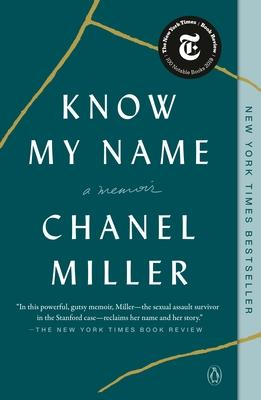

If you wish to be moved and astonished, read it. Ingenious in construction, indefatigably entertaining, it grips the readers imagination on the first page and never lets go. Not that reincarnations or parallel lives are an unusual subject for a novel, but in the aspect of Atkinson’s depiction of it through the lives of Ursula Todd, it can infer so much more. Again and again, Ursula experiences one particularly traumatic event: a direct hit on a dozen people sheltering in a cellar in Argyll Road in November 1940. Kate Atkinsons new novel is a box of delights. Book Diva Review: Life After Life Life After Life: A Novel, by Kate Atkinson is a book with an interesting take on immortality. Some of the most vivid scenes concern the work of the rescue teams as, with bombs falling and buildings collapsing around them, they pursue their grim agenda. Ursula works for the War Office, has an on-off affair with an older ex-Navy officer, does or doesn't become an ARP warden. Whatever the outcome of individual strands, the novel pushes on towards its heartland: the London Blitz. Or does she instead throw off the rapist, go to college and visit Germany where she befriends Eva Braun? On her 16th birthday, Ursula may or may not be raped by a university pal of Maurice's, causing her life to decline to a particularly nasty dead end. Bridget and Teddy may or may not die of Spanish flu, Ursula this time returning to Square One in order to save them, rather than because she's died herself. Are you getting the idea? In Ursula's next chance at doing it right, an artist rescues her from the waves, and darkness does not fall again until 1915, when she slips from a bedroom window while trying to rescue a doll ….īeyond this basic set up, all bets are off. Darkness falls again, and we're sent back to 1910. The child thrives until her fifth summer, when she drowns on a Cornish beach. The scene is replayed, but this time the doctor makes it through the snow and baby Ursula lives. A baby girl is born, and, in the absence of medical intervention, dies. The episode ends with the words: "Darkness fell." Next, we're back in 1910, with a snowstorm raging outside. Nevertheless, the rest of the Times is a boomer. It has been a section of the paper since Adolph Ochs bought the Times in 1896.

A young woman named Ursula enters a coffee shop in Germany and shoots a man she addresses as "Führer". The New York Times Book Review is not a boomer but a centenarian. Life after Life is about being given that chance. "What if we had the chance to do it again and again … until we finally get it right?" asks one of the characters near the end. As with the Brodies, Atkinson steers with a light touch, despite the grimness of the subject matter. However, for those still keen on these discriminations, Life After Life is one of the "literary" ones.
#NYT LIFE AFTER LIFE BOOK REVIEW FULL#
Atkinson is a literary writer who likes experimenting with different forms, and her books appeal to a huge audience, full stop. In reality, the distinction is superfluous. Aficionados of Kate Atkinson's novels – this is the eighth – will tell you that she writes two sorts: the "literary" kind, exemplified by her Whitbread Prize-winning debut Behind the Scenes at the Museum, and the Jackson Brodie crime thrillers.


 0 kommentar(er)
0 kommentar(er)
